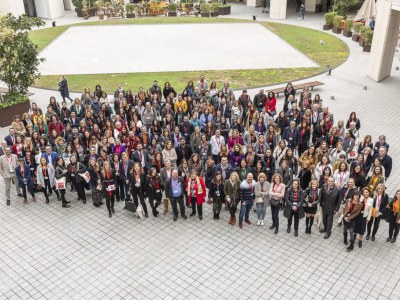Toxic Culture Is Driving the Great Resignation
Toxic Culture Is Driving the Great Resignation

More than 40% of all employees were thinking about leaving their jobs at the beginning of 2021, and as the year went on, workers quit in unprecedented numbers. Between April and September 2021, more than 24 million American employees left their jobs, an all-time record. As the Great Resignation rolls on, business leaders are struggling to make sense of the factors driving the mass exodus. More importantly, they are looking for ways to hold on to valued employees.
To better understand the sources of the Great Resignation and help leaders respond effectively, we analyzed 34 million online employee profiles to identify U.S. workers who left their employer for any reason (including quitting, retiring, or being laid off) between April and September 2021. The data, from Revelio Labs, where one of us (Ben) is the CEO, enabled us to estimate company-level attrition rates for the Culture 500, a sample of large, mainly for-profit companies that together employ nearly one-quarter of the private-sector workforce in the United States.Inici del formulari
While resignation rates are high on average, they are not uniform across companies. Attrition rates for the six months we studied ranged from less than 2% to more than 30% across companies. Industry explains part of this variation. The graph below shows the estimated attrition rate for 38 industries from April through September, and the spread across industries is striking. (See “Industry Average Attrition Rate in the Great Resignation.”) Apparel retailers, on average, lost employees at three times the rate of airlines, medical device makers, and health insurers.
The Great Resignation is affecting blue-collar and white-collar sectors with equal force. Some of the hardest hit industries — apparel retail, fast food, and specialty retail — employ the highest percentage of blue-collar workers among all industries we studied. Management consulting, in contrast, had the second-highest attrition rate but also employs the largest percentage of white-collar professionals of any Culture 500 industry. Enterprise software, which also suffered high churn, employs the highest percentage of engineering and technical employees.
Industry explains some of the variation in attrition rates across companies but not all of it. Even within the same industry, we observed significant differences in attrition rates. The figure below compares competitors with high and low attrition rates within their industries. (See “How Culture 500 Company Attrition Rates Compare Within Industries.”) Workers are 3.8 times more likely to leave Tesla than Ford, for example, and more than twice as likely to quit JetBlue than Southwest Airlines.








